Nagarjuni Caves, which are located near the Barabar Caves, are sometimes combined with the Barabar Caves to form a single collection of monuments. This is due to the fact that both caves are said to share a lot of commonalities. Because of their remote position, the Nagarjuni caverns are a lesser-known local attraction.
In the Nagarjuni Hills, three caves have been discovered. The first and third caves, Gopi (Gopi-ka-Kubha) and Vapiya-Ka-Kubha Cave (Mirza Mandi), are thought to have been dedicated to Ajivika followers by King Dasaratha in 232 BC, according to the inscriptions. The third cave, Vadithi-ka-Kubha cave, is located in the cleft (Vedathika Kubha).
Gopi Cave is the most important of all the caverns, and it is only a few feet away. A variety of inscriptions may be seen on the walls. During the 19th century, it is also thought that certain Islamic saints lived in these caverns. Gopi Cave is the most important of all the caverns, and it is only a few feet away. A variety of inscriptions may be seen on the walls. During the 19th century, it is also thought that certain Islamic saints lived in these caverns.
The Mirza Mandi cave is the second cave, and it is said to have been excavated during the reign of King Dasharatha. Vedathika Kubha is the hill's last cave, accessible through a natural breach. The cave contains various structural stupas, indicating that the cave was once dedicated to Buddhist religious rites.
Location: Barabar, Sultanpur, Bihar 804405
Timings: 9:00 AM - 5:00 PM
Time Required: 2 hours - 3 hours
Entry: No Entry Fees


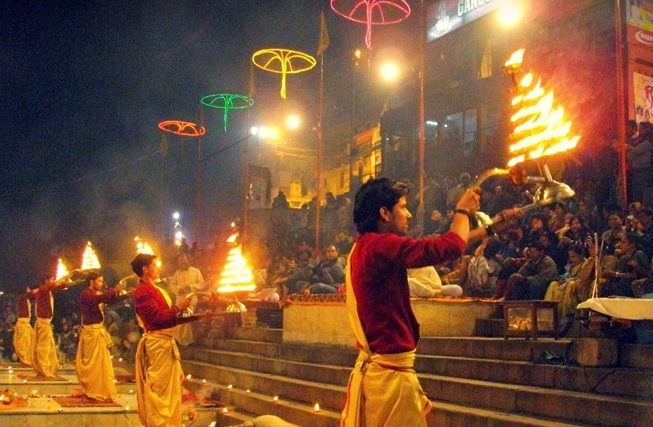
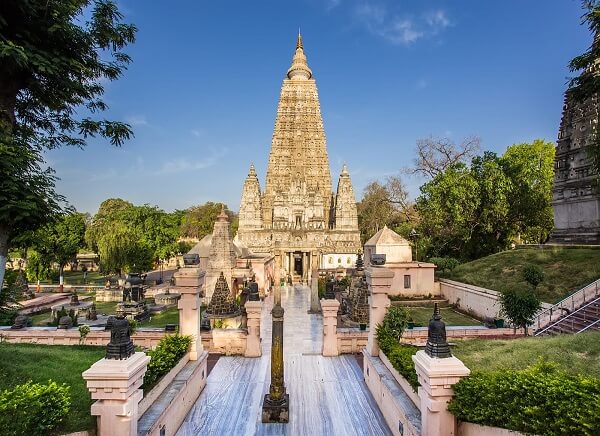
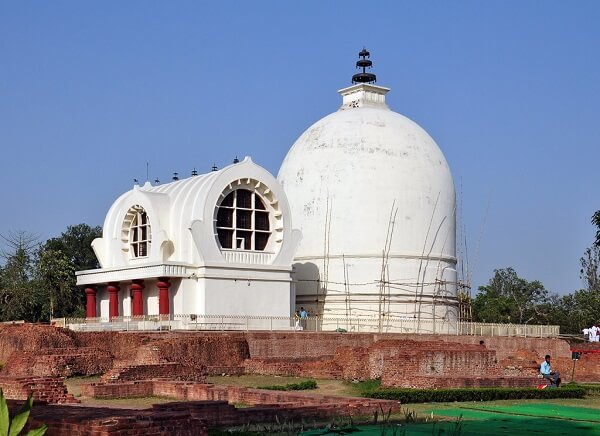
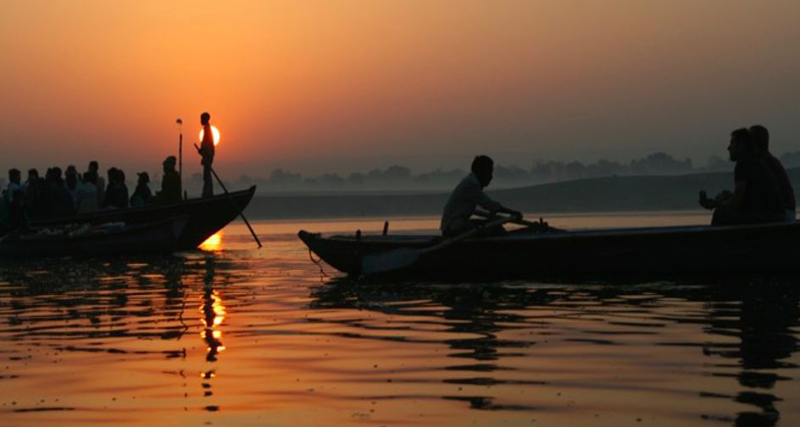
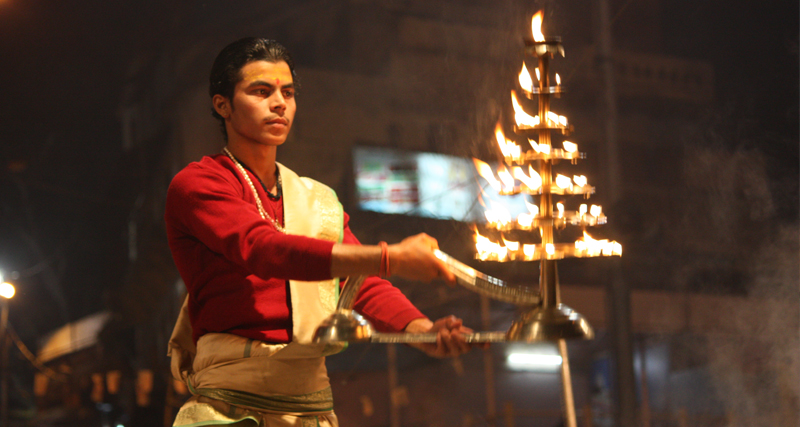
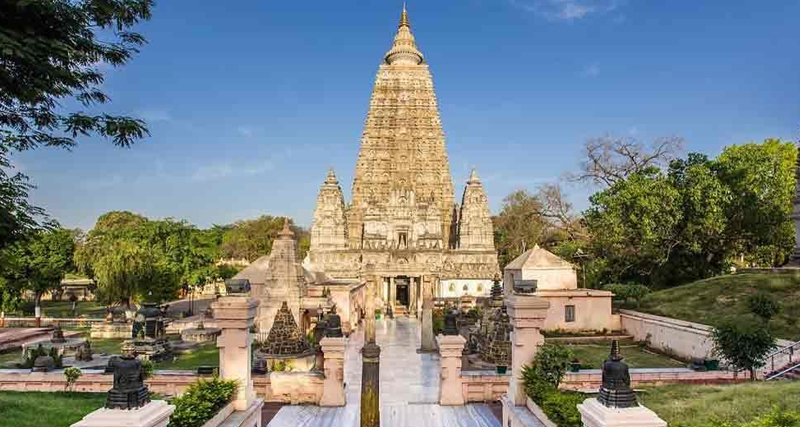
 +91-7303039611
+91-7303039611